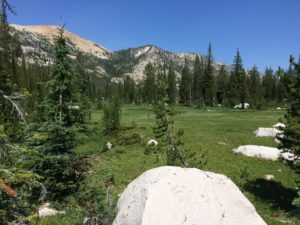
From Burns to Beauty
Lightning strikes a tall tree off in the distance. Soon a fire advances, thrashing through the trees and blackens every landscape the flame licks. Trees older than we are are reduced to ashes as the fire burns bright and hot. Eventually, teams of men and women are able to break through the heat in order to slow the growth of the fire. Over time there is containment, the fire will not spread farther, and then there is control, the fire is nearly out. As the last smoldering pieces of the forest are extinguished, everything turns cold and dark, everything looks dismal. But wait, the next season is finally approaching. The snow melts away from mountains, and fields of flowers are starting to bloom. In the burn area, small mushrooms and plants are starting to pop up. The mushrooms are morels, a delicious mushroom that loves a burn area. These mushrooms are delicious for other forms of life as well, and soon we have mice in the fields.
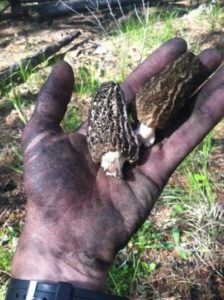
Out in the distance we can hear the sound of a woodpecker drumming steadily against a tree. There are larvae in the tree, laid there by the black fire beetle soon after the fire. The larvae crawl through the dead trees, and the black backed woodpeckers come in to eat to their hearts' content. Once all the larvae has been eaten, the birds will drift away to find another burn area with a buffet of bugs for it to eat.
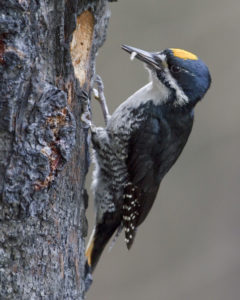
As time goes on and new growth appears, we can see tall pink flowers reaching up towards the skies. This is called fireweed, aptly named for its reliance on disturbance of the land, mainly fires. All around the fireweed we can see quaking aspen making a strong and healthy appearance. This large stand of aspen is one genetic figure, all sprouting from the same roots deep in the soil, unscathed by the flames that once came across this landscape. A few yards away from that stand, we have a pine tree growing slow and steady.
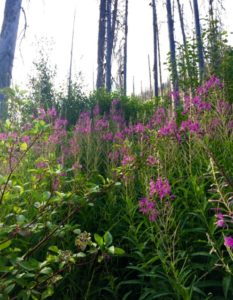
This pine tree is here because of a bird called the Clark’s nutcracker. It stashed seeds here one or two years ago and never came back for them. These seeds felt the sunlight and the open ground, knowing it was time to emerge from the ground and become a strong white bark pine. Under the pine tree grows that huckleberry bush that bears love to browse on.
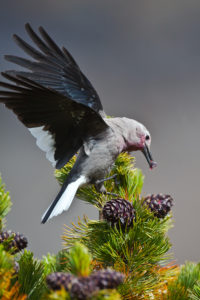
Years go by, plants slowly emerge, animals come back. The cycle of the forest will repeat itself in years to come, but right now we see a strong healthy forest. Bees buzz by you as you stare into the forest, there are elk off in the meadow bugling, and a storm starts to develop overhead. Lighting eventually comes crashing down, and the process starts all over again.
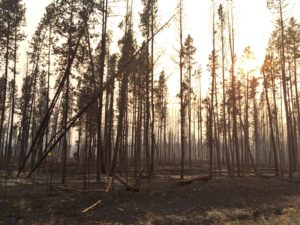
I understand that fire is a scary aspect, especially when it is close to our homes, businesses, and lives. The smoke comes into our valley and makes it hard to see the mountains and sometimes even to breath. There is so much darkness that we see once the smoke clears out. It looks as if that is the end of the forest’s life right there. However, in so many ways, this is just the beginning. Mother Nature will always come back strong and beautiful. There will always be new flowers, strong trees, insects that come through, and fire that burns bright. Embrace it all as a new beginning, a clean slate for the land.
